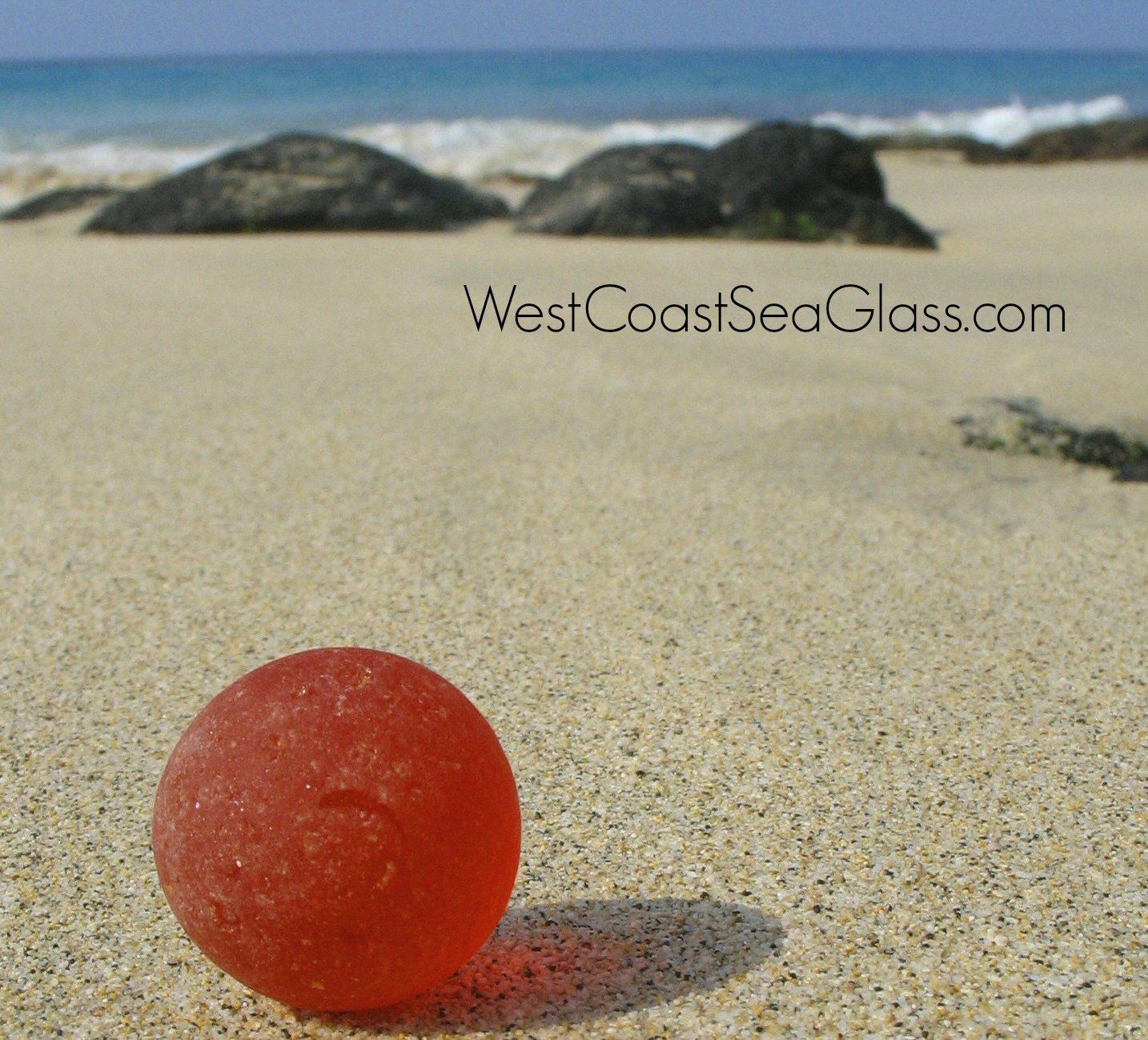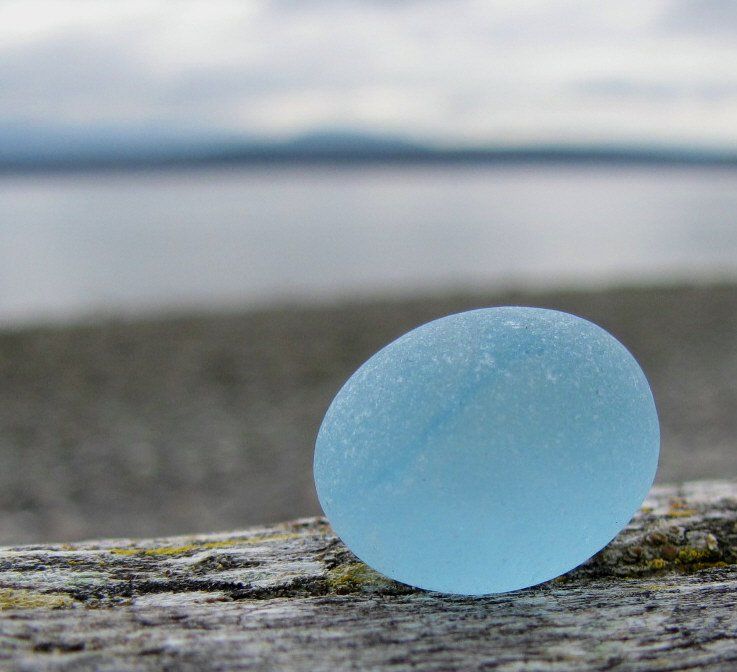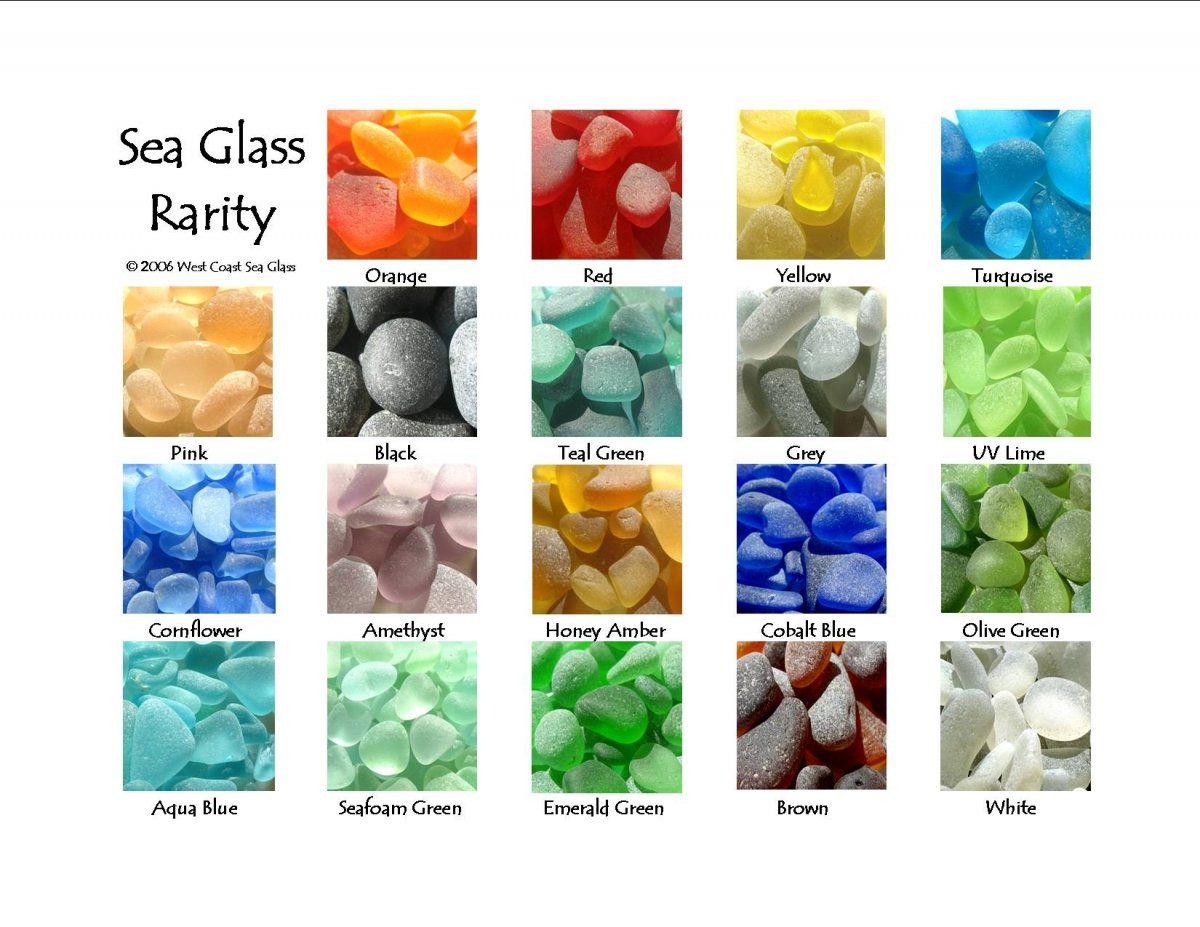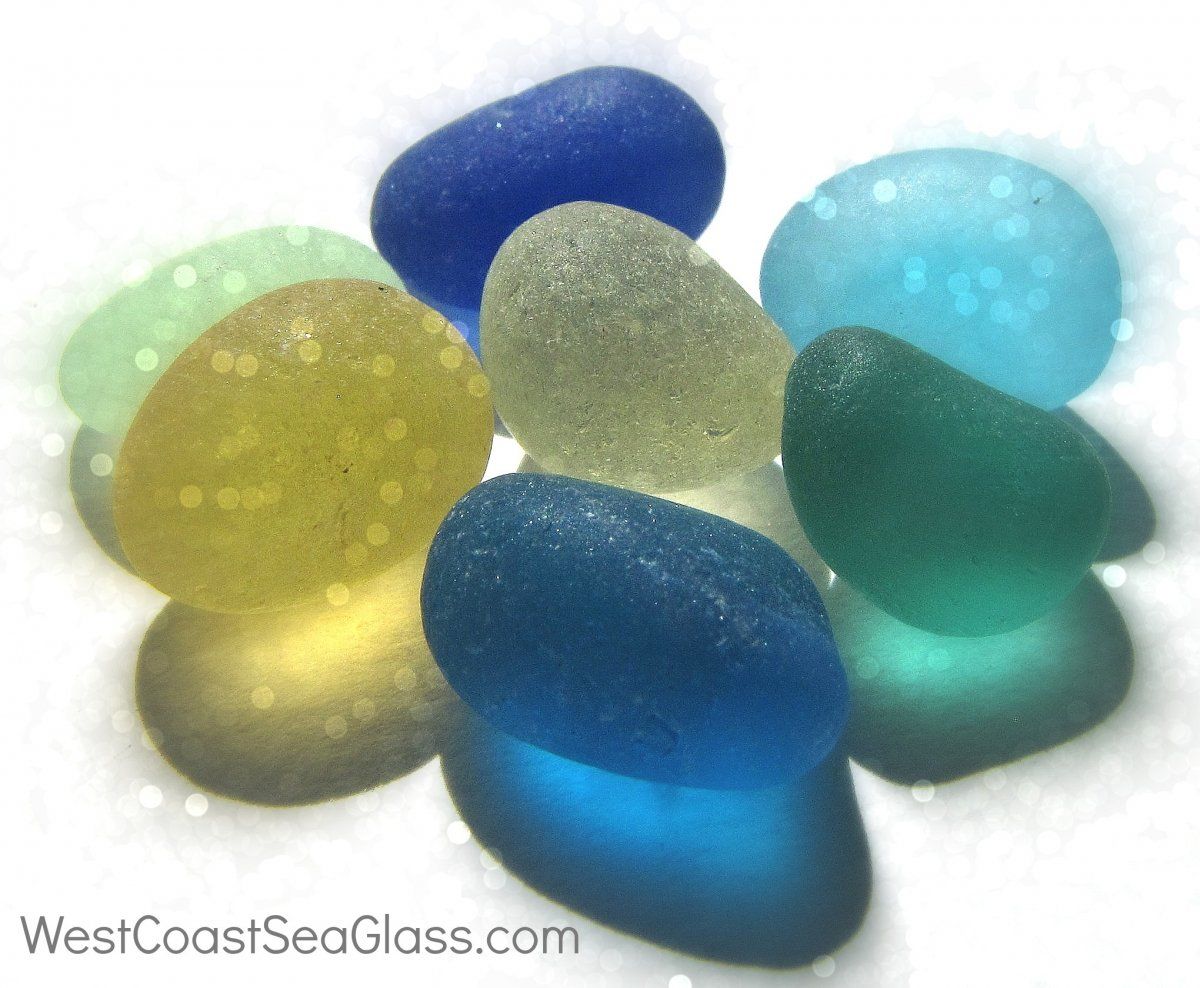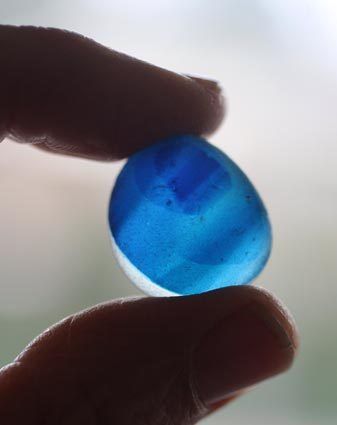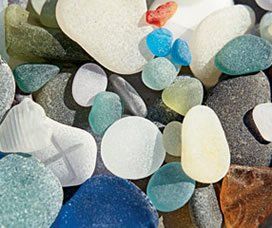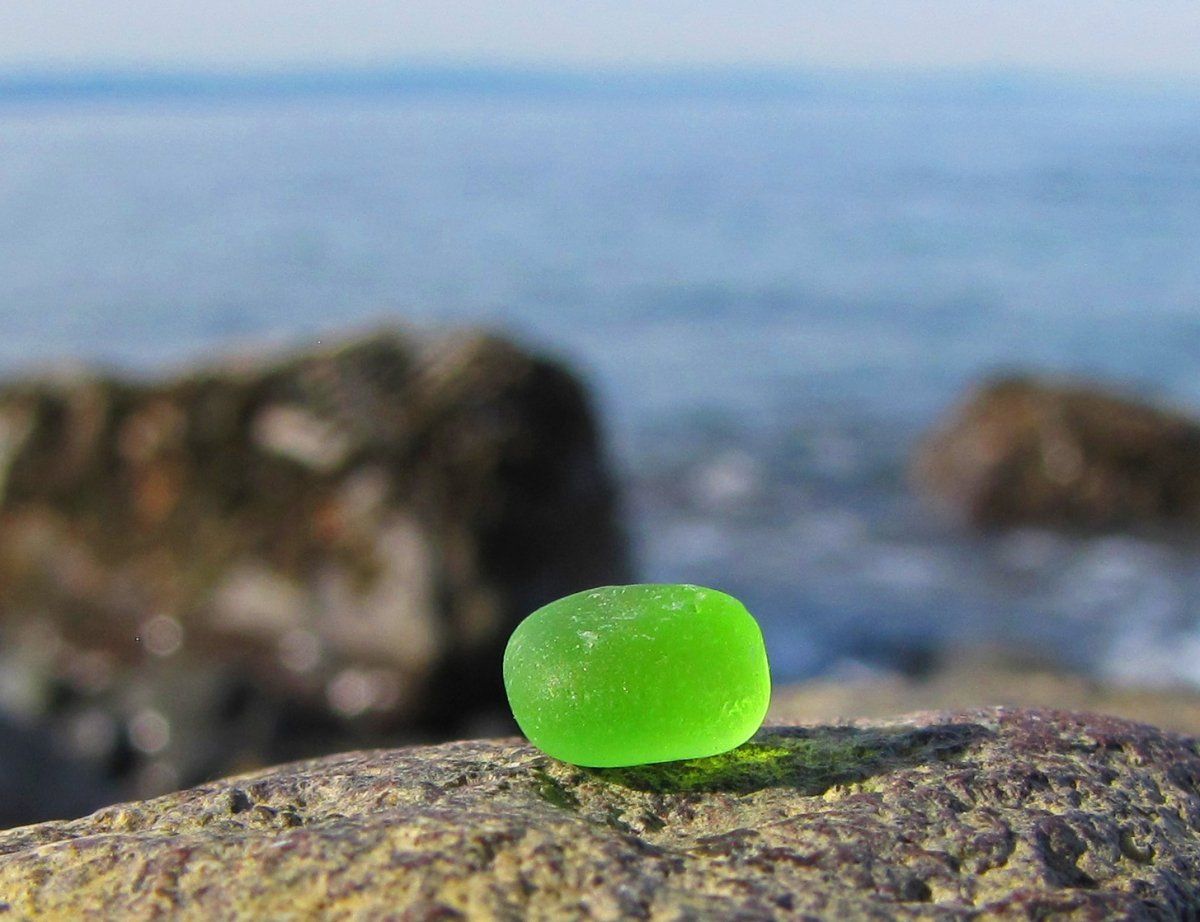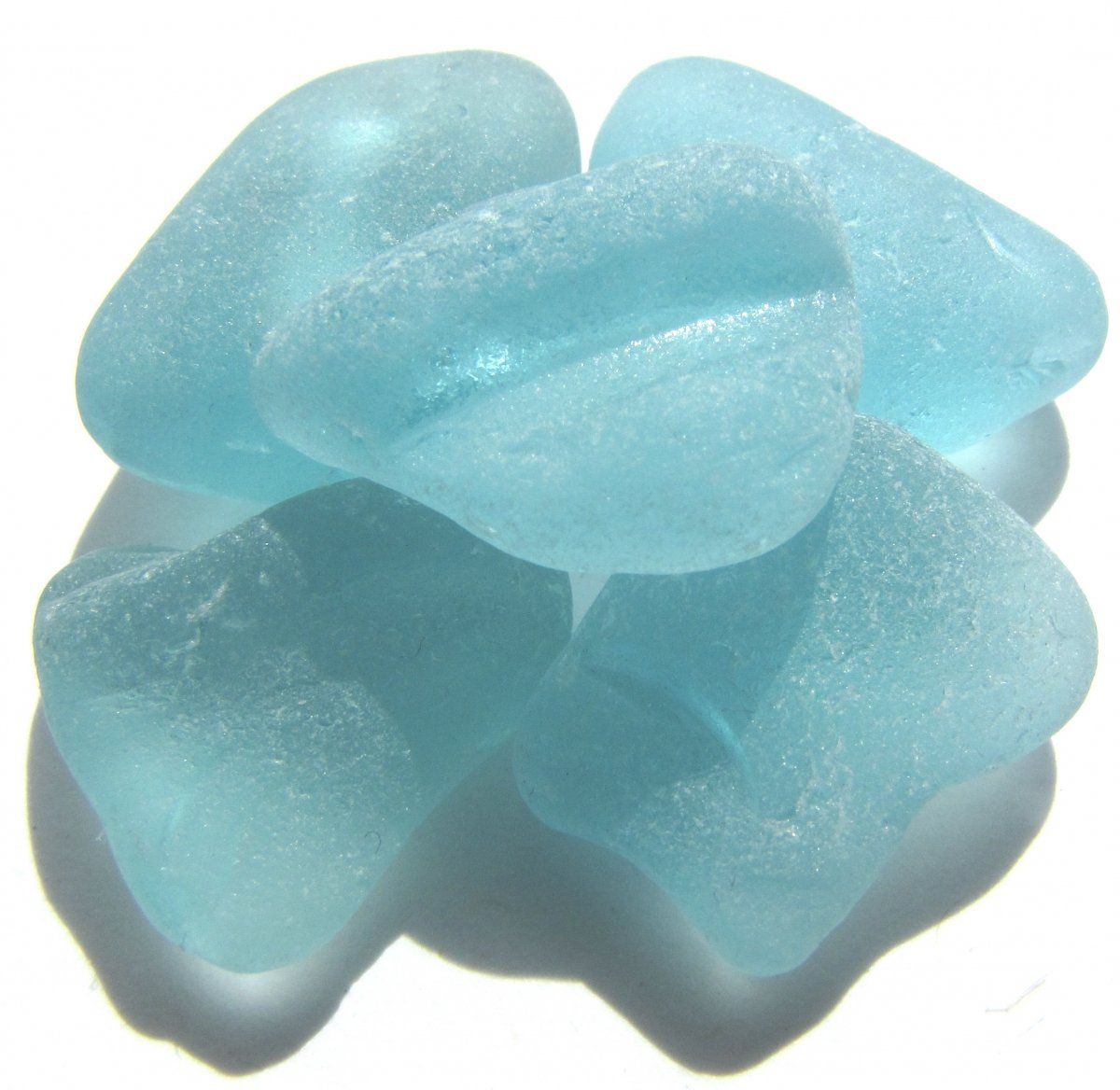Sequim Gazette - "From Trash to Treasure"
Sequim Gazette -
"From Trash to Treasure"
by Ashley Oden, Staff Writer
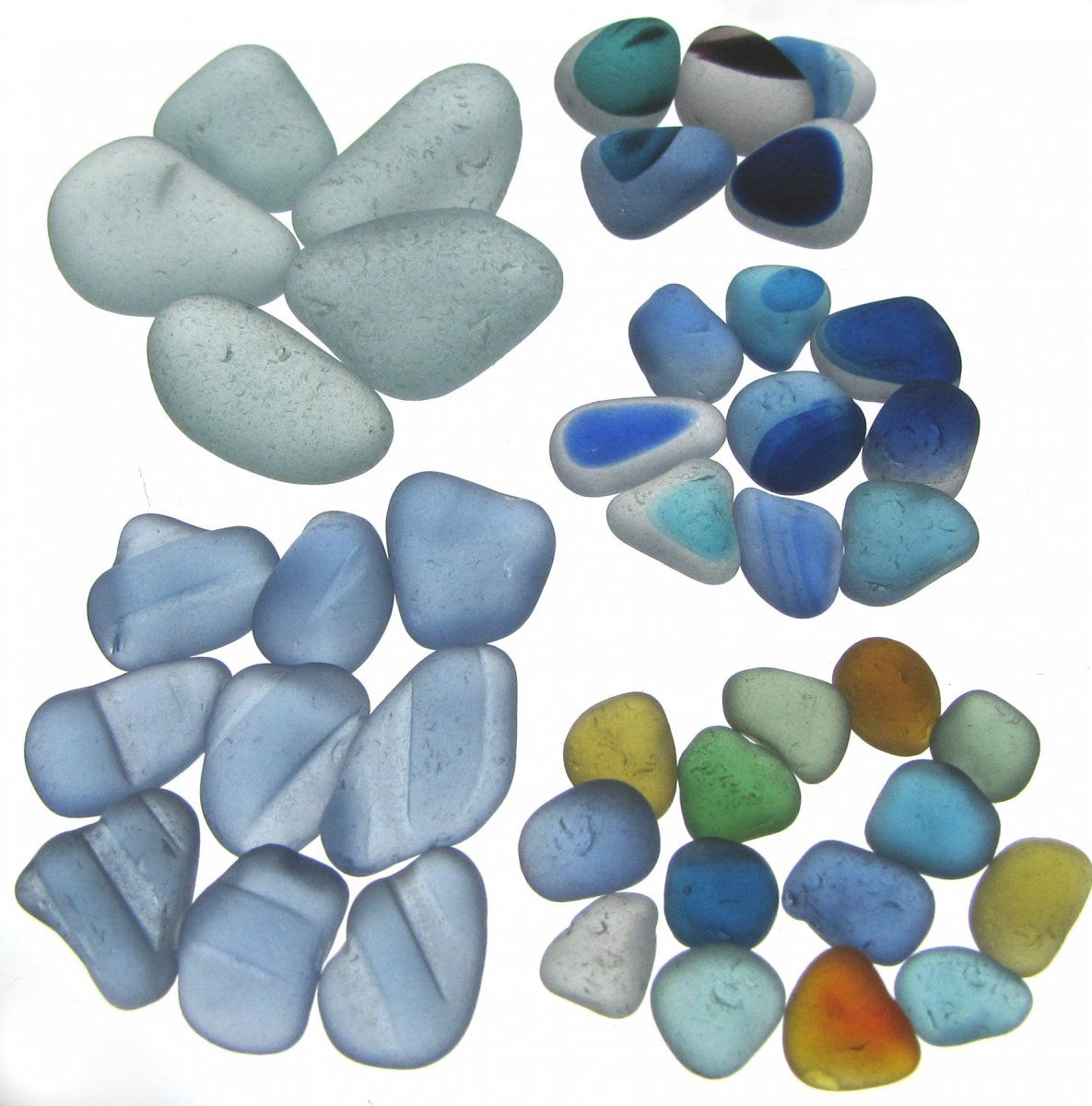
April 15, 2013 -
For the next three months, Beuke’s extensive collection of sea glass will be on display at the Museum of Arts Center of the Sequim-Dungeness Valley. Some people say her collection is one of the best in the world, Beuke said. “And it’s all right here in little old Sequim.”
Beuke has been collecting sea glass and making jewelry from it all her life. She started as a young girl living on the Oregon Coast, but it wasn’t until about five years ago that she decided to advance the hobby to a professional level. “People kept wanting jewelry as Christmas presents and placing orders” she said. “So, I started West Coast Sea Glass and haven’t slowed down since.”
Sea glass is rising in popularity worldwide, according to Beuke. “It’s quite fashionable on the East Coast, but here on the West Coast a lot of people still don’t know what it is,” she said.
Put simply, sea glass is any glass found on beaches along oceans and large lakes that’s been tumbled and smoothed by water to create smooth pieces of frosted looking glass. “It takes nature hundreds of years to tumble a piece of glass,” Beuke said. “And it’s a dying resource.”
It’s a dying resource because people no longer throw garbage into the ocean like they did hundreds of years ago and not as many products are made from glass either; she explained. “There will come a day when people won’t be able to find sea glass anywhere anymore.”
Some colors are already harder to find than others. Beuke made a copyrighted rarity chart to help beachcombers assess their findings. Orange, red, yellow and turquoise are the most difficult colors to find because not very many manufacturers have made bottles in those shades, she said. Pink, black, teal green, gray and UV lime are also pretty rare, whereas white, brown and emerald green are three of the most common colors of sea glass, according to the chart.
“It is extremely difficult to find certain colors: you can search a lifetime and never find them,” Beuke said. If you have an orange piece of sea glass – true orange, not honey amber; which is from a bear glass – you most likely have a fine piece of Czechoslovakian glassware.”
She’s spent days – and even nights – on the beach searching for orange and red sea glass and has only handfuls of the rare gems, Beuke admitted.
Red sea glass is accounted only once for every 5,000 pieces found, according to Wikipedia.org. And it’s predicted that in 20 years red sea glass will be worth as much as a large diamond, the Web site stated.
Putting color aside, the peninsula is home to some unique pieces of sea glass simply because of its logging history, Beuke said. “Where there’s been logging traffic from the land to the ocean there’s going to be glass, and that’s something that’s pretty unique to our area.”
Above all, beachcombers must respect beach laws and regulations, Beuke reminded. “That means not trespassing onto private property or illegally removing any items from the shoreline,” she said.
Sea glass isn’t illegal to remove from the beach because it’s considered “garbage,” Beuke explained. “We are simply cleaning up the beaches.”
So many of her dreams have come true already, but Beuke is still working hard toward the future. “My dream is to have my own museum or studio spot that’s headquarters to the North American Sea Glass Association,” she said. Beuke is president of the association and will speak at the Ocean Shores Beachcombers Festival in March.
I have people call me from all over the world to see my collection and I want to be able to allow them to view these precious pieces,” she said. “My home is not the right place for that anymore.
Beuke is also working on writing two books: one that uses sea glass as a “wonderful life metaphor” and one that teaches children about sea glass and beachcombing.
Putting her finger on exactly why she’s passionate about sea glass isn’t easy, Beuke admitted. “Sea glass in itself is so enchanting and a little mystical… I guess like looking at a piece that’s a couple hundred years old and imagining what it once was.”
